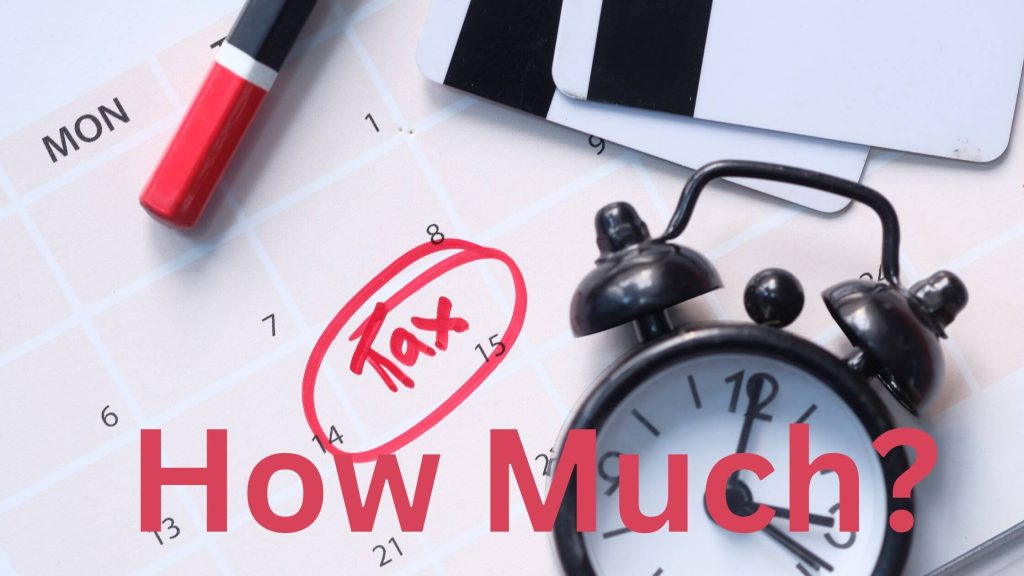The Kenyan side hustle scene is booming! From online businesses to ride-sharing, Kenyans are finding creative ways to supplement their income. But with this newfound financial freedom comes the responsibility of understanding the tax implications of your side hustle. This guide simplifies the process of declaring side hustle income and keeping the Kenya Revenue Authority (KRA) happy (as of March 2024).
Declaring Side Hustle Income:
It’s crucial to declare all your income, including income from side hustles, on your tax return. Here’s how to do it right:
- Identify Your Income Source: Clearly categorize the income generated from your side hustle (e.g., online sales revenue, ride-sharing earnings).
- Maintain Records: Keep meticulous records of all your side hustle income and expenses. Use invoices, receipts, and online transaction records for documentation.
- Report on Your Tax Return: Include your side hustle income in the appropriate section of your annual tax return. Remember, the income falls under the same tax brackets as your primary income.
Record-Keeping for Side Hustles:
Keeping clear and organized records is paramount for managing your side hustle taxes effectively. Here are some tips:
- Utilize Accounting Software: Consider using simple accounting software or even spreadsheets to track your income and expenses.
- Categorize Transactions: Separate your personal and side hustle finances. This makes record-keeping and tax preparation much easier.
- Retain Receipts & Invoices: Hold onto all receipts and invoices related to your side hustle income and expenses. They serve as vital evidence for tax purposes.
Tax Rates & Deductions for Side Hustles:
The good news? The tax rates and deductions applicable to your side hustle income are generally the same as those for your primary income. You can benefit from the tax-exempt threshold (Ksh 24,000 per month in 2024) and the tiered tax brackets.
Case Studies: Exploring Side Hustle Tax Scenarios
Let’s delve into a few real-life examples to illustrate side hustle tax implications:
- John, a Web Developer: John has a full-time job and earns an additional Ksh 10,000 per month developing websites for freelance clients. Since his combined income falls under the 10% tax bracket, he’ll pay Ksh 1,000 in income tax on his side hustle earnings.
- Sarah, an Online Seller: Sarah runs a successful online clothing store, generating a monthly income of Ksh 40,000. She can deduct legitimate business expenses like website fees and packaging costs from her taxable income, lowering her overall tax liability.
Remember: These are simplified examples. For a more personalized assessment of your side hustle tax situation, consult with a tax professional.
Embrace the Hustle, Manage the Taxes:
Side hustles are a fantastic way to boost your income and pursue your passions. By understanding and fulfilling your tax obligations, you can ensure your side hustle thrives without any unwanted surprises from the KRA. Remember, responsible tax management not only keeps you compliant but also contributes to Kenya’s economic development. So, get out there, hustle hard, and manage your taxes smartly!

